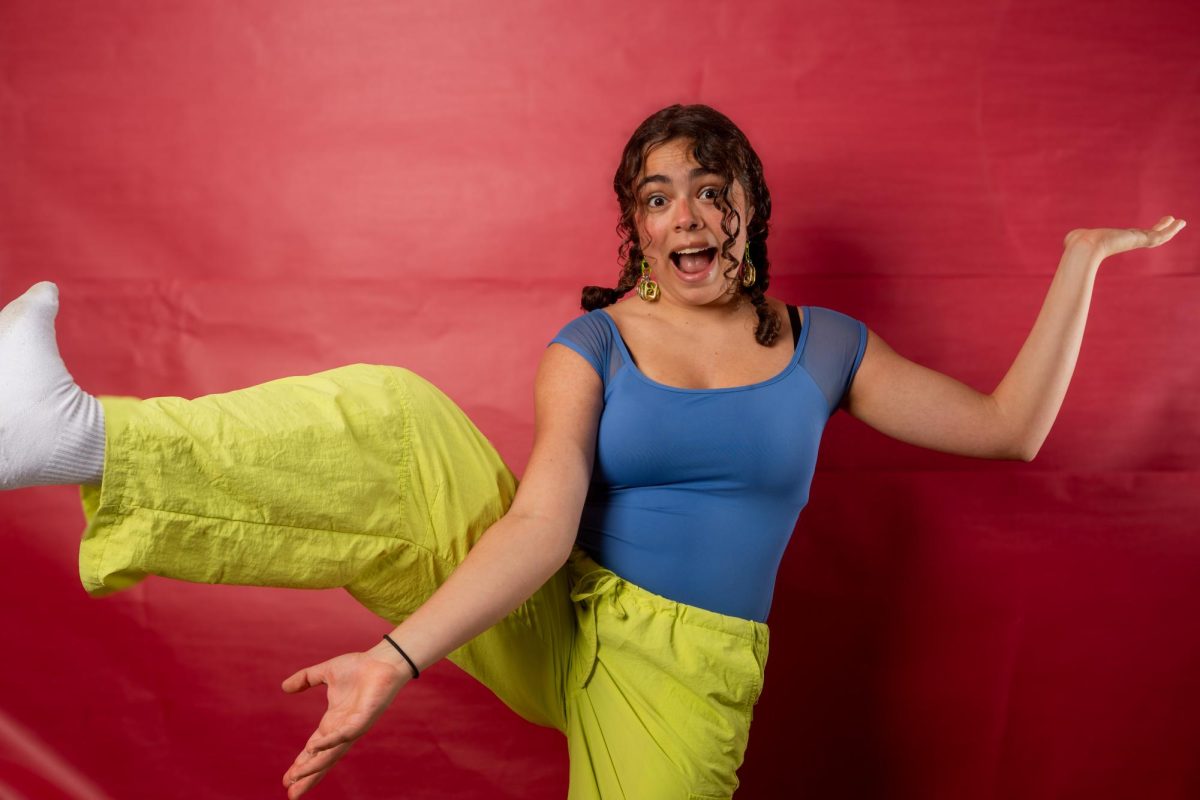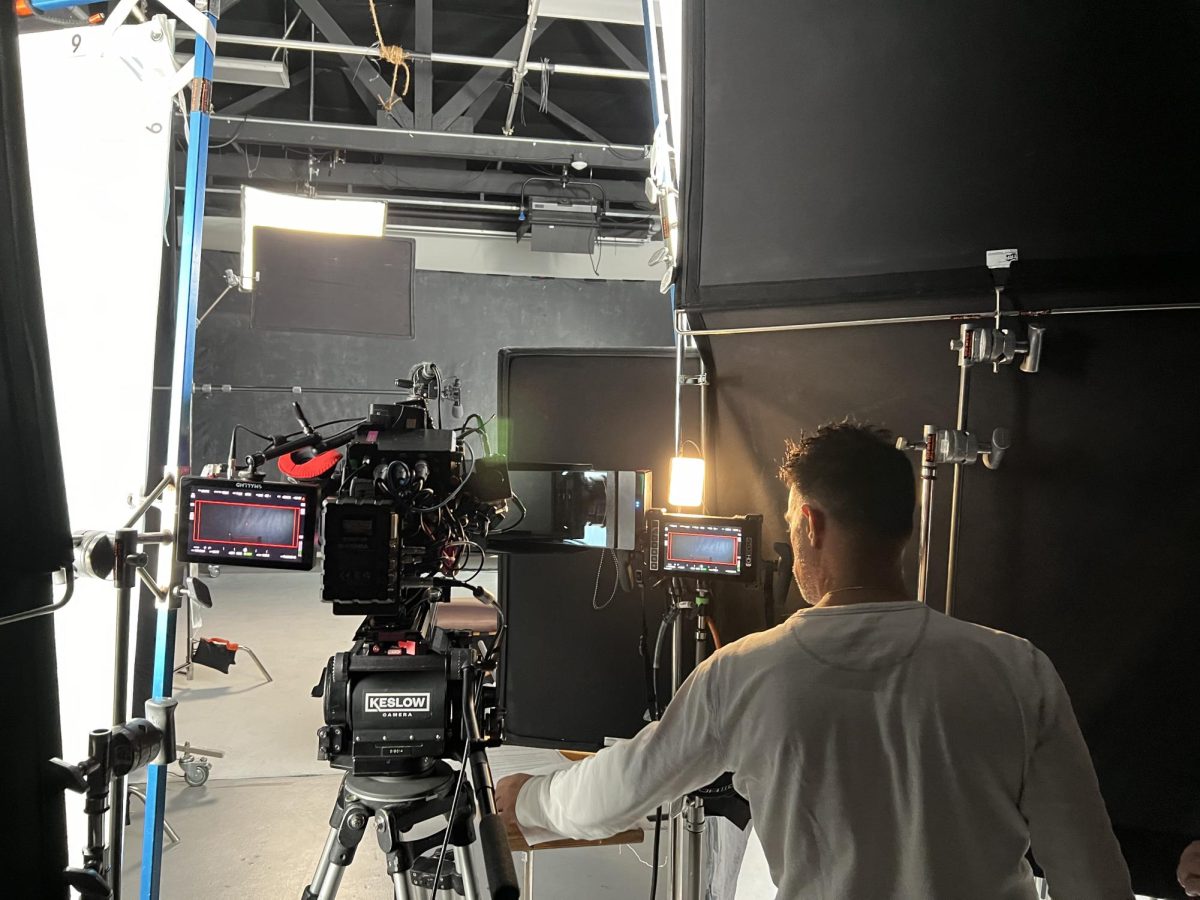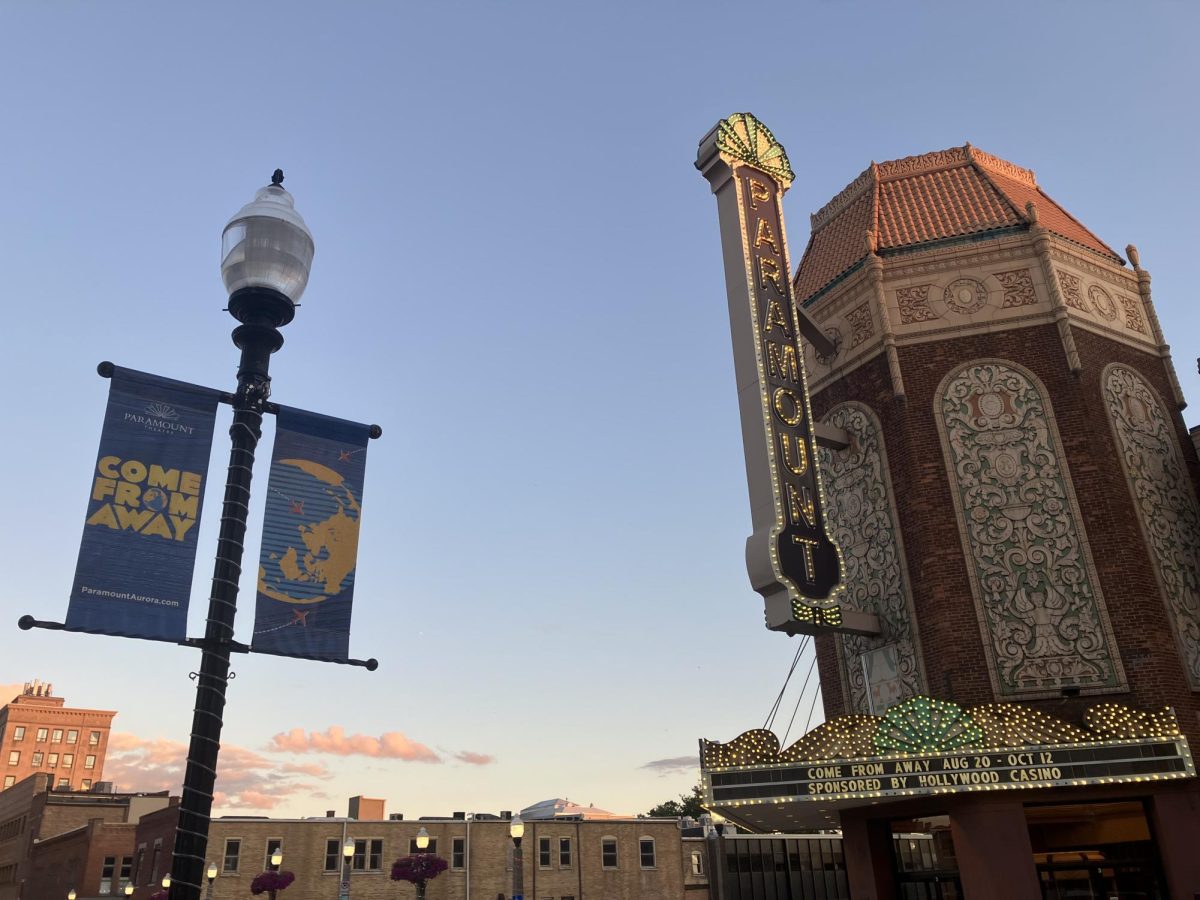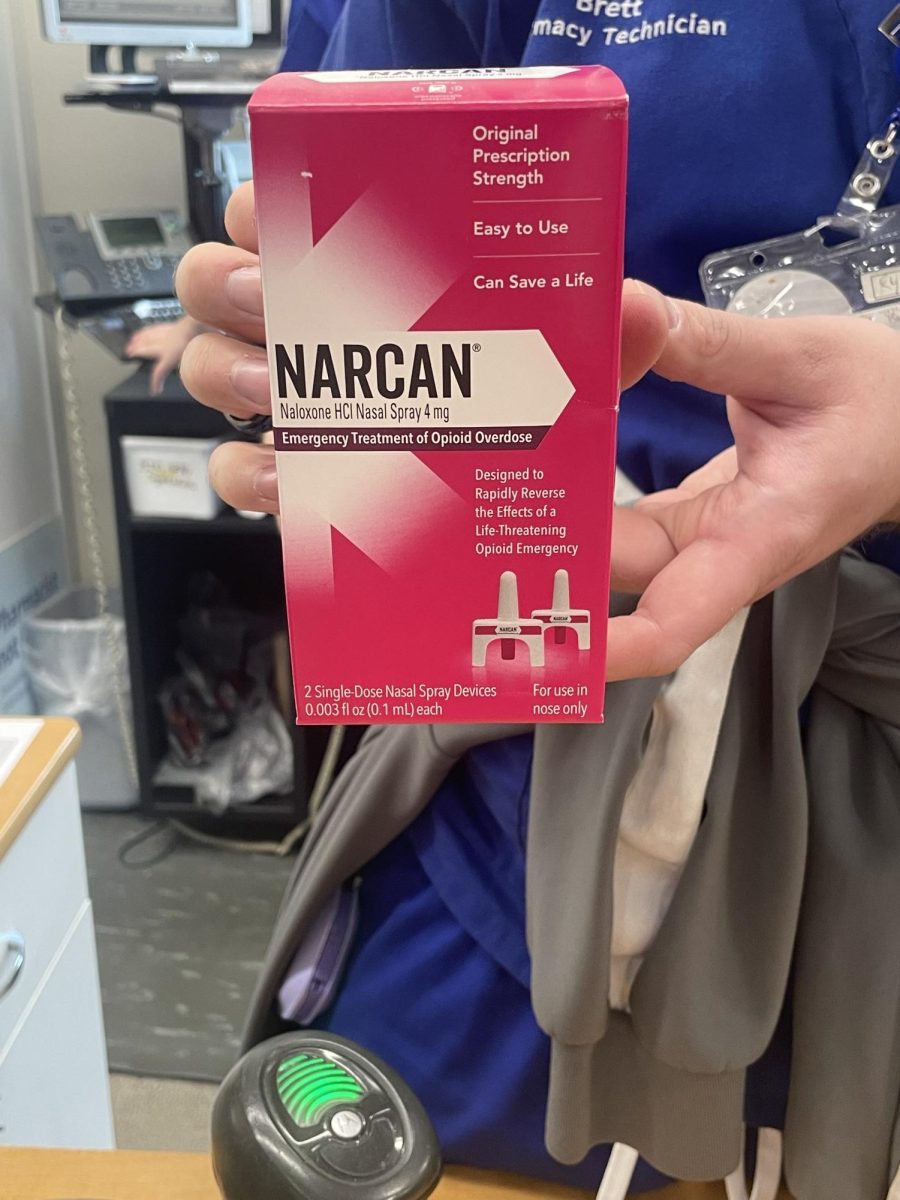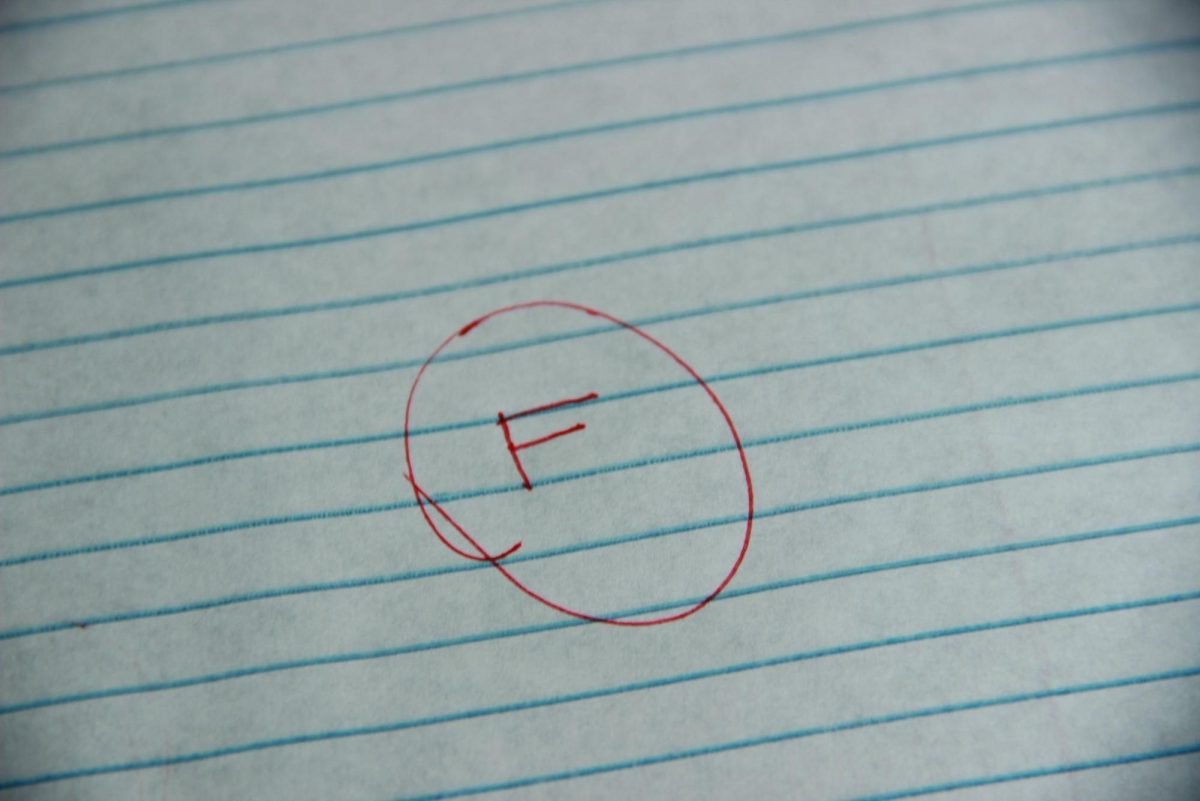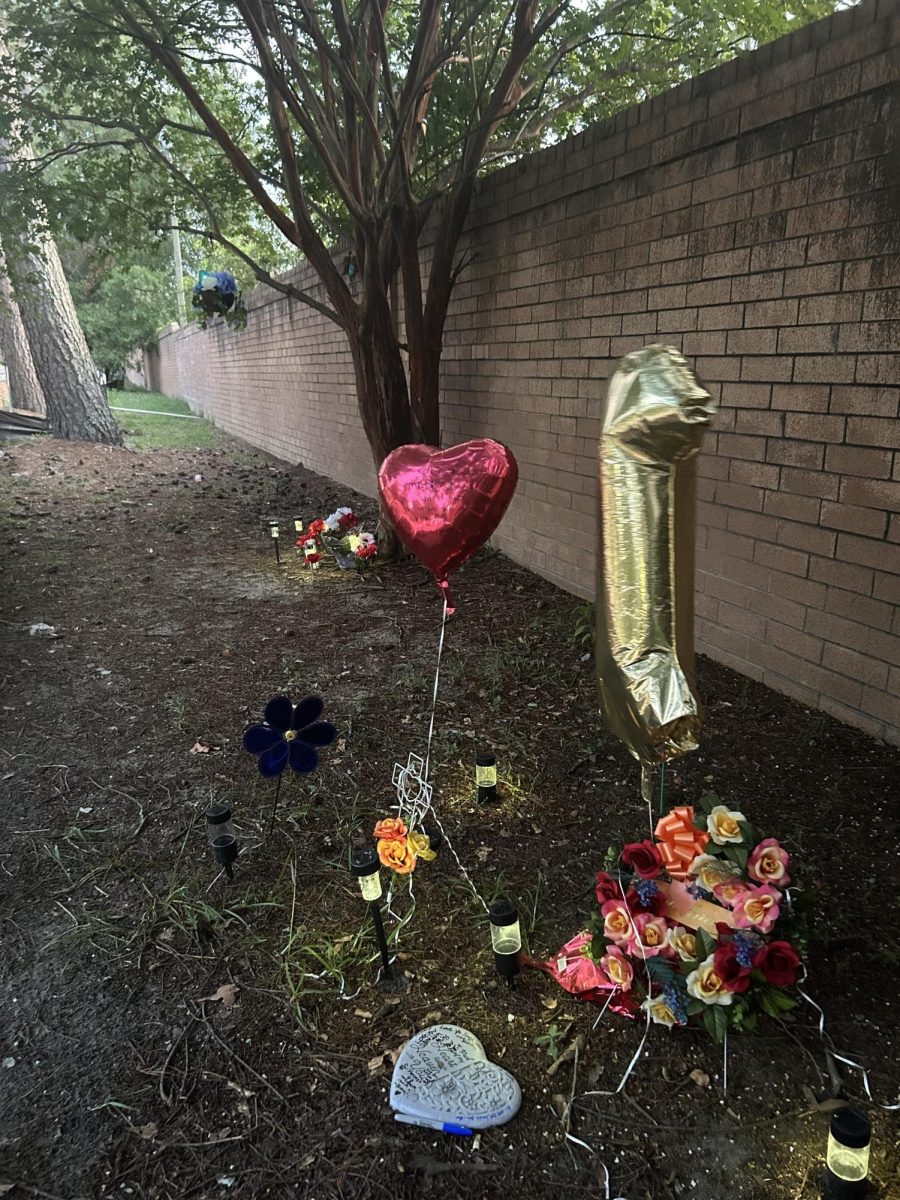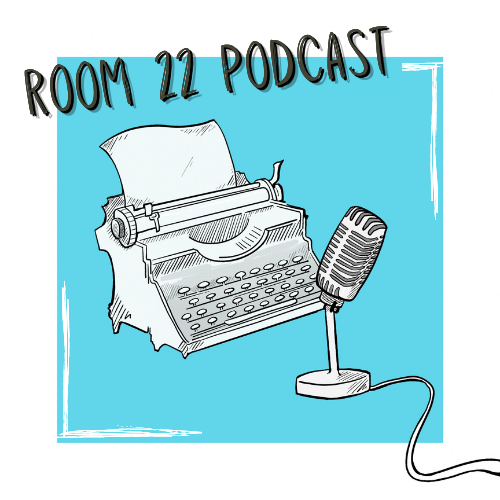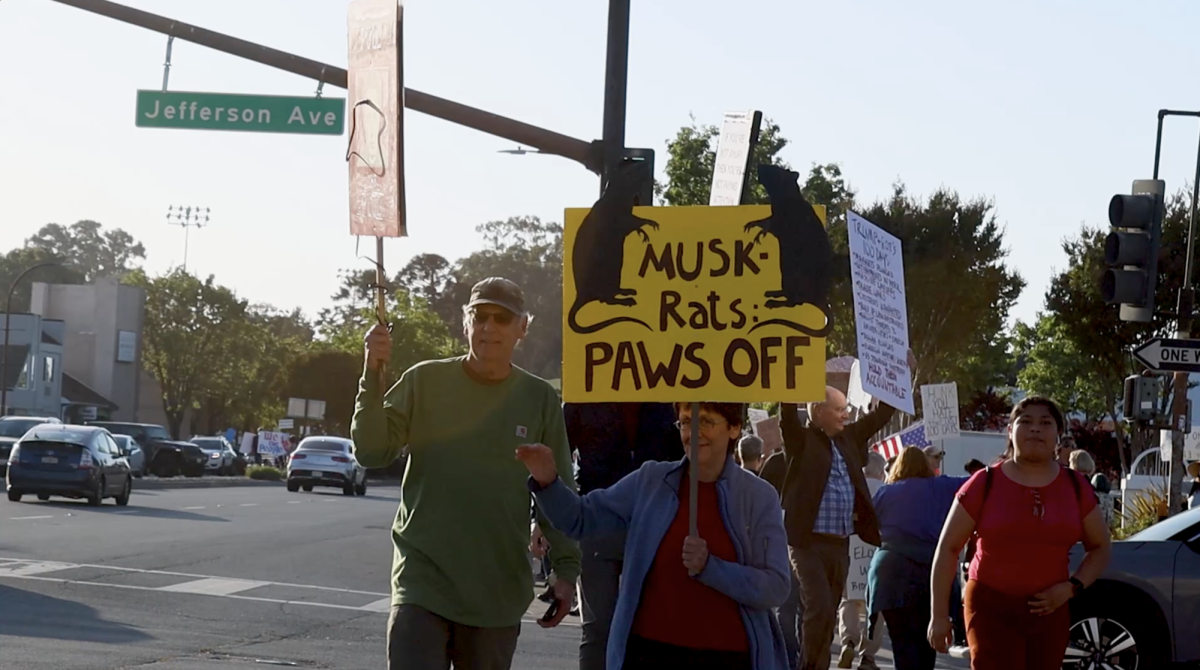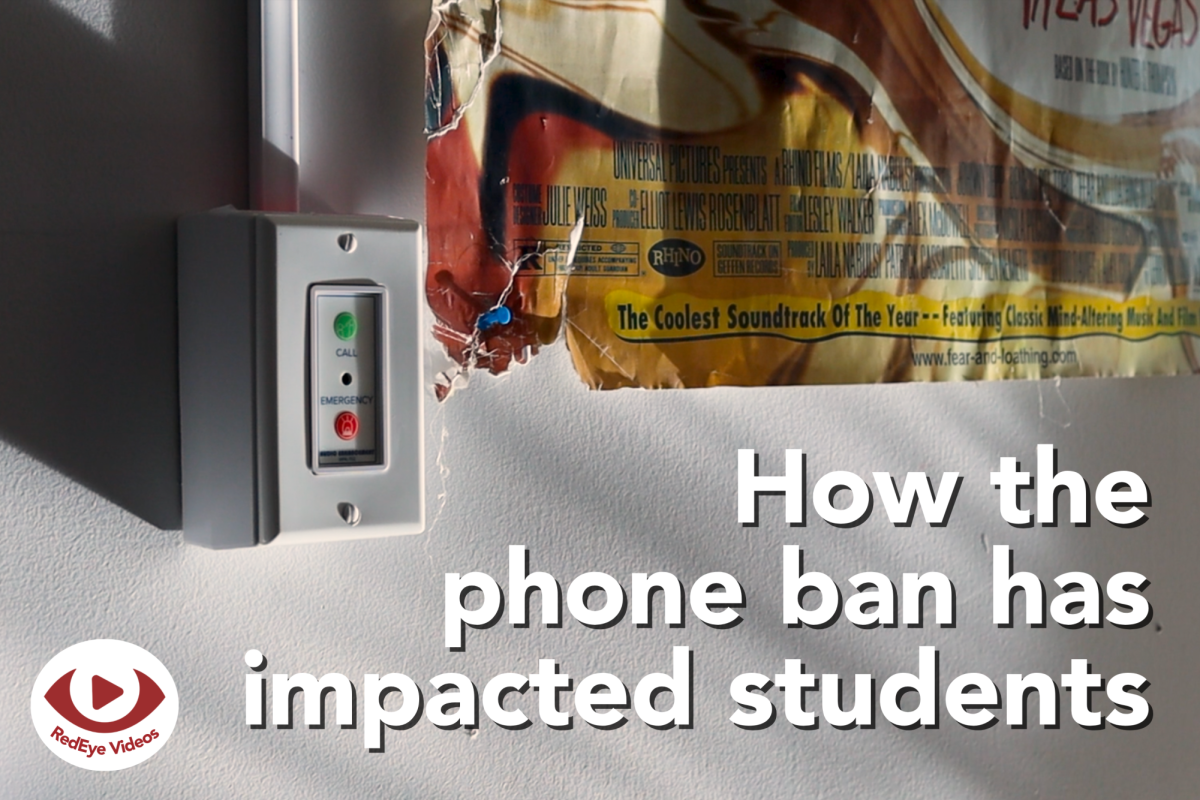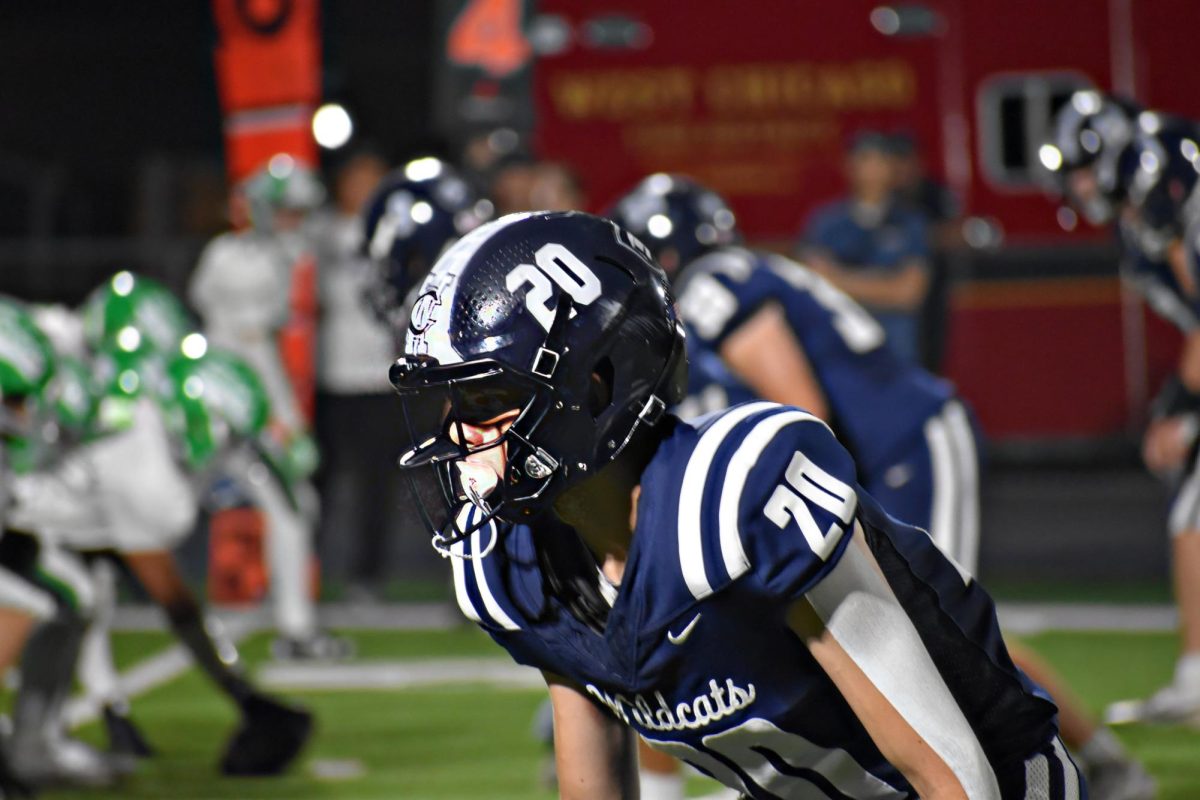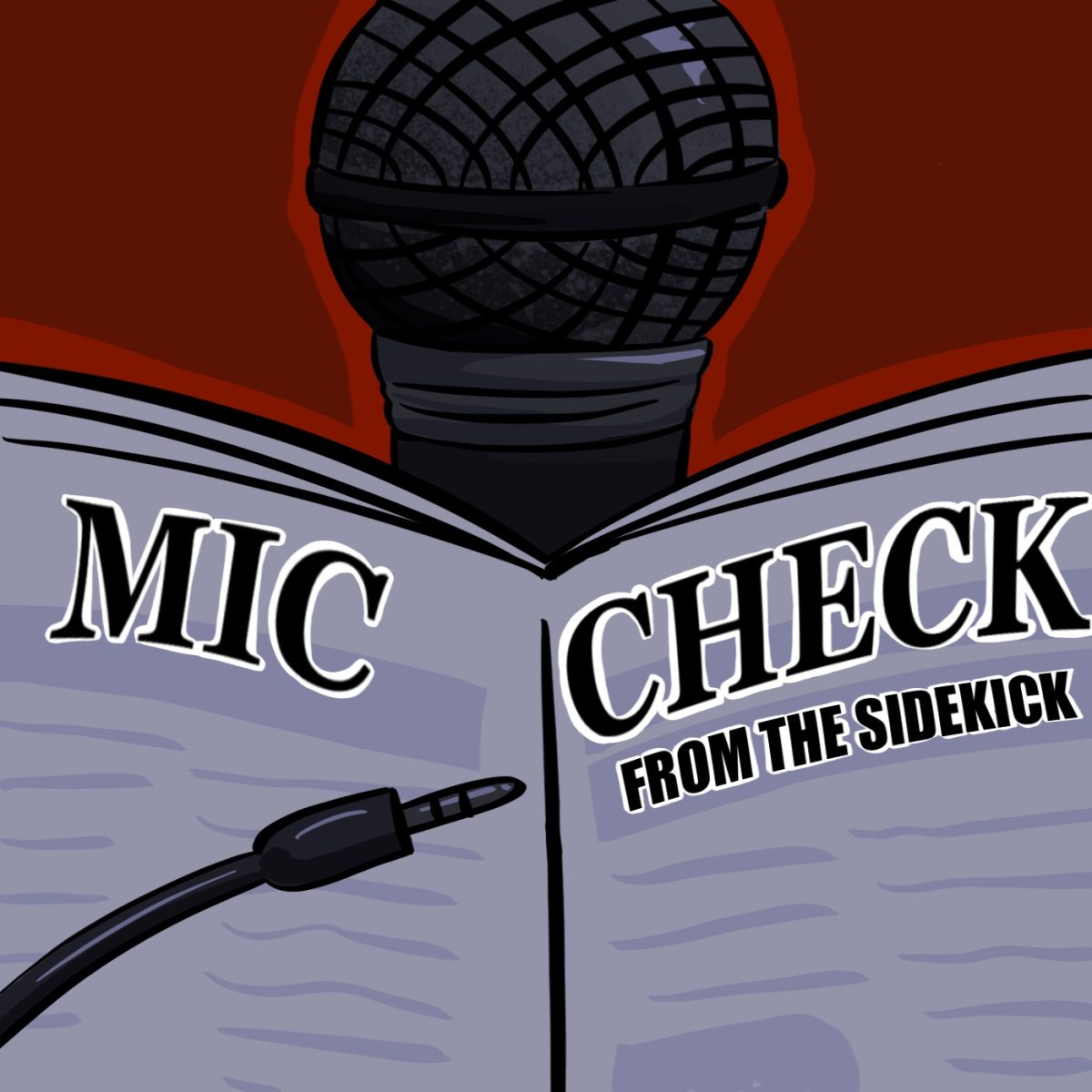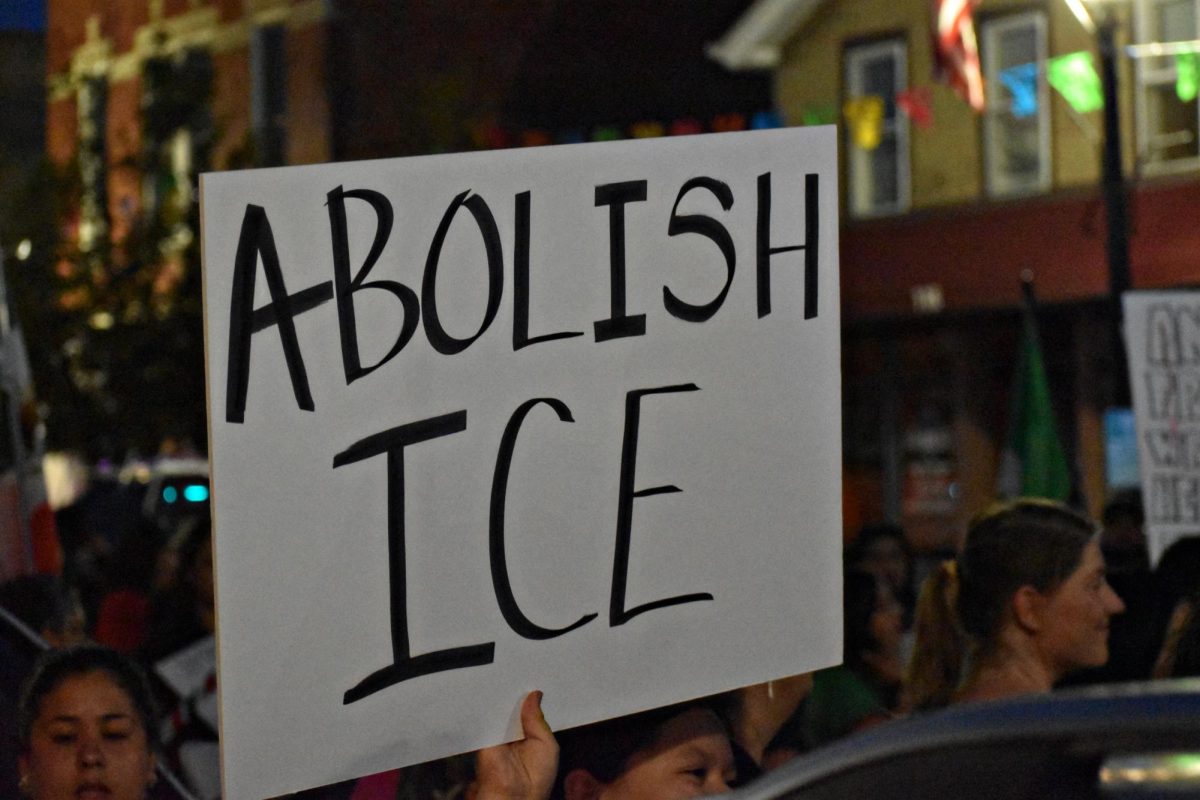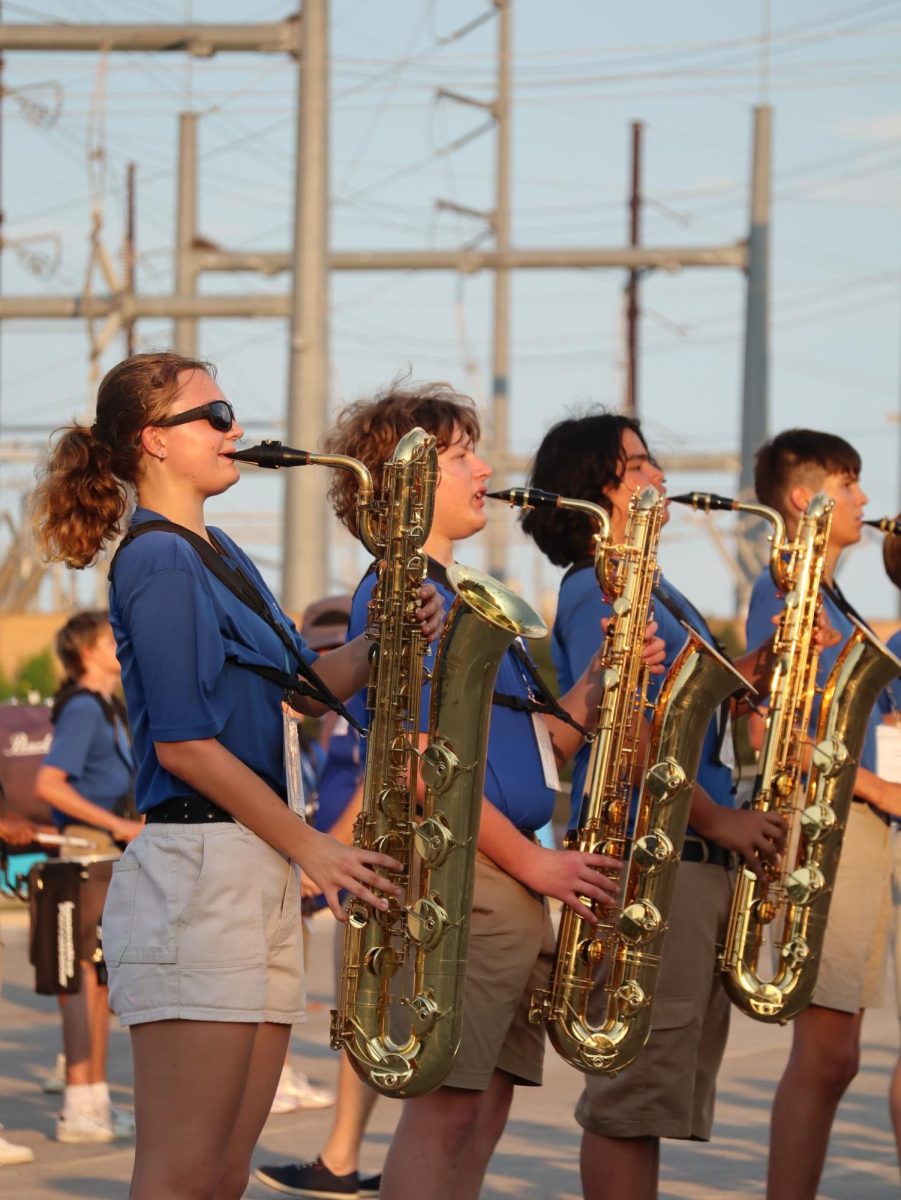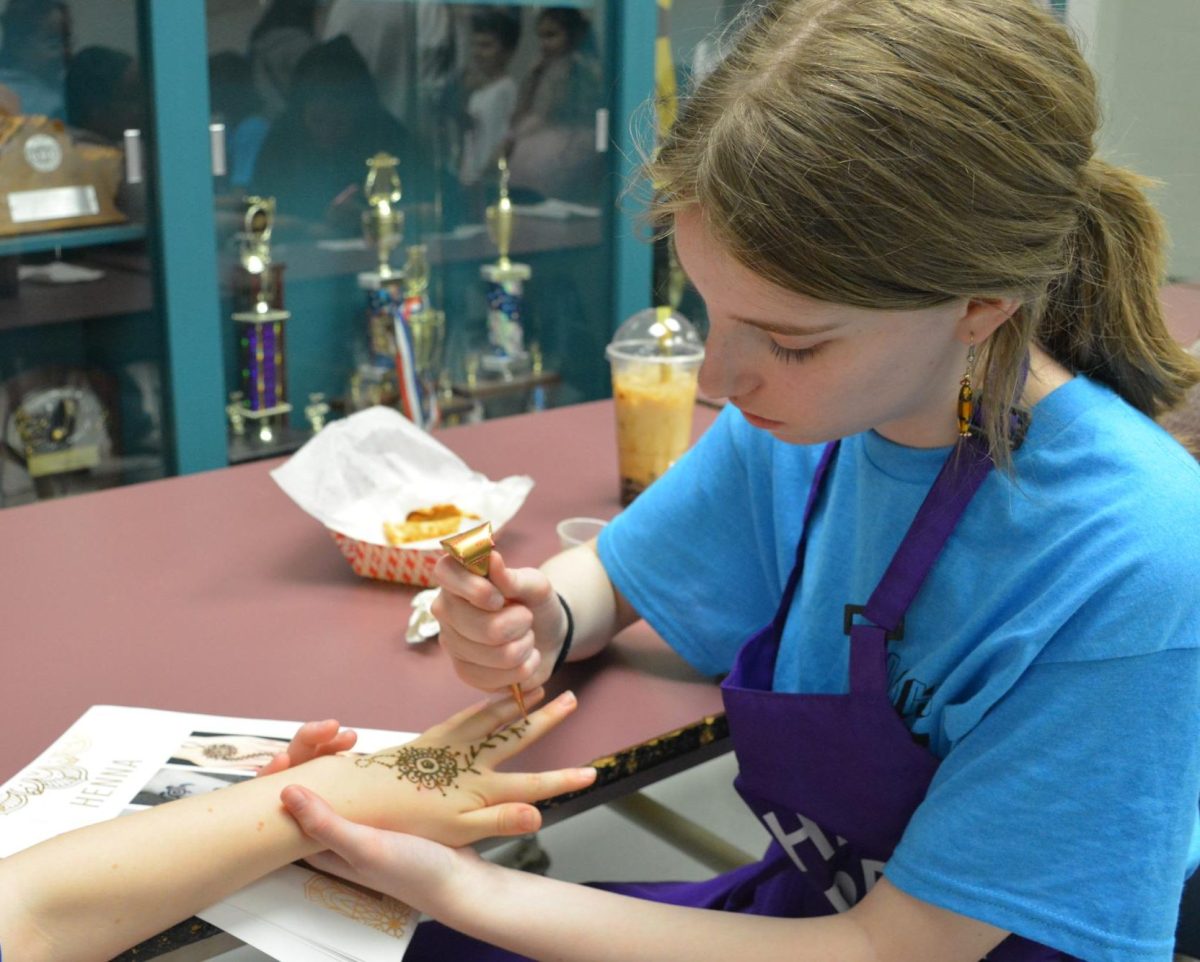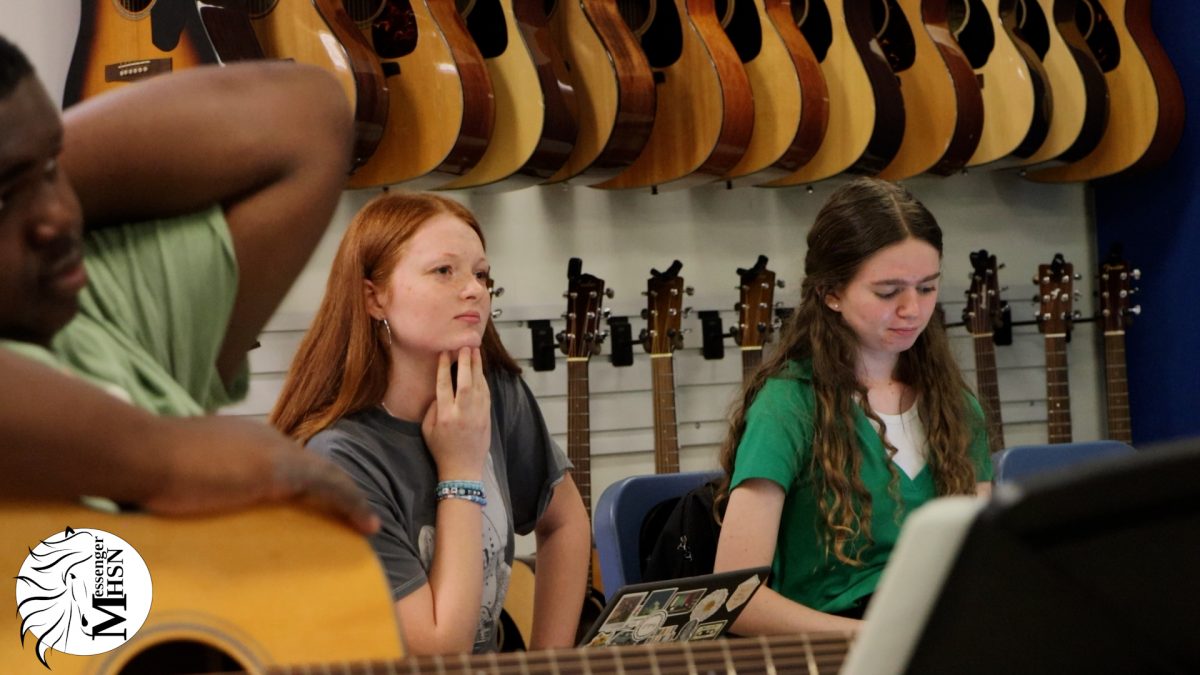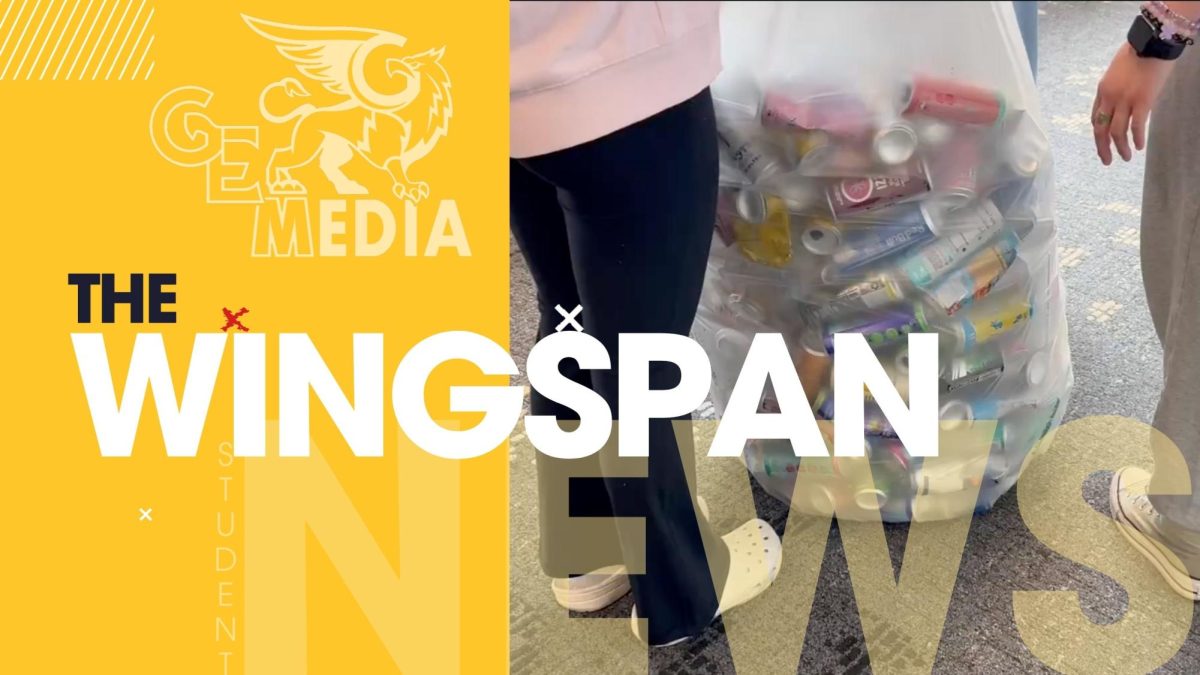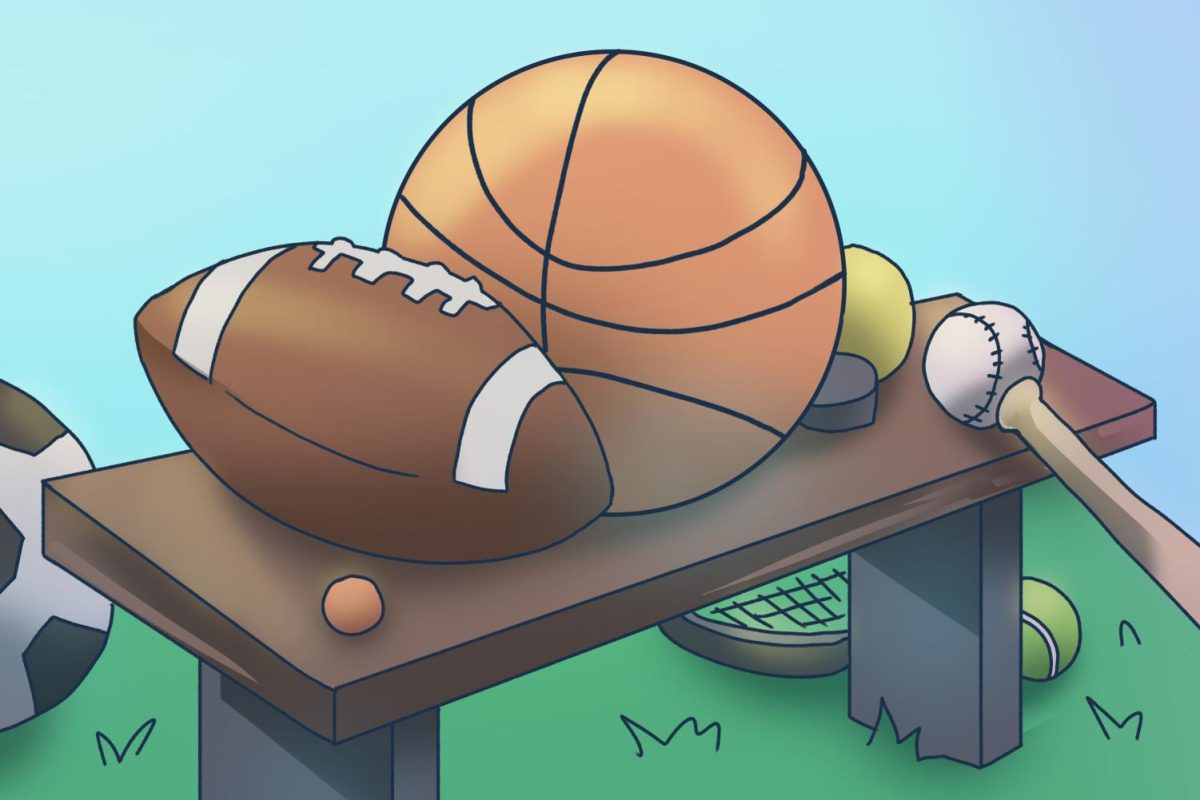Last fall, Whitman senior and football player Nate Sullivan was in touch with coaches at Virginia Tech, hoping for an opportunity to play for the program. The school then told him there was no spot for him on the team due to uncertainty surrounding the transfer portal and roster size. This kind of rejection is increasingly common in today’s recruiting landscape because of new roster limits expected to go into effect in July, which schools have already begun preparing for.
The roster limits vary by sport and are part of the House v. National Collegiate Athletic Association (NCAA) settlement, which will overhaul the current system of college sports. Former Arizona State University swimmer Grant House and former Texas Christian University women’s basketball player Sedona Prince filed the lawsuit to seek damages for athletes who couldn’t profit from their collegiate careers. The settlement addresses three antitrust class-action lawsuits concerning student-athlete compensation against the NCAA, allowing colleges to pay their athletes directly through revenue-sharing and removing scholarship limits in favor of roster restrictions. For almost half of NCAA sports, the current average roster size exceeds the new limits, and experts expect football and baseball teams to be the most affected.
The roster size modifications have sparked significant controversy. For instance, California judge Claudia Wilken refused to approve the settlement due to her concerns about the new rules. NCAA attorneys recently announced revised terms that Wilken has yet to approve, which would allow athletes and recruits who lost their spots to return to their teams. These athletes will remain exempt from roster limits for the rest of their college careers, and schools are not obligated to reinstate them. Nonetheless, the plaintiffs’ lawyers have argued that the changes are too little and too late.
Senior baseball players Sammy Berman and Charlie Buckles committed to the University of Maryland and Florida State University before the House settlement’s confirmation. Berman decided to stay in Maryland after receiving several D1 offers, while Buckles was in touch with numerous Power Four programs before committing to Florida State as a rare out-of-state recruit for the Seminoles.
“I know kids who, before they changed the rules, committed freshman year,” Berman said. “It will just be unfortunate for those kids who have been committed so long to lose a spot.”
Buckles also said he knew people who had their offers revoked. The roster size for college baseball teams will go from an average of 41.9 in the 2023-2024 season down to 34, which led to many cuts. Buckles attributed his retention to his positional versatility, which Berman offers as well.
“I’m going to be there as a two-way [player], which is really helpful with the new roster sizes,” Buckles said.
Sullivan, however, didn’t enjoy the same security as Berman and Buckles had, having to look for other options after Virginia Tech couldn’t guarantee him a spot on the football team. He received two D1 scholarship offers and committed to Villanova University, where roster restrictions weren’t an issue as the program was already under the new 105-player cap.
Sullivan, Berman and Buckles all expressed some level of opposition to the roster limits, particularly surrounding the elimination of walk-ons, rescission of players’ positions and increased reliance on the transfer portal.
With both of his offers coming after the House settlement’s preliminary approval, Sullivan experienced the effect of the new roster sizes firsthand.
“[The limits] make it very hard for high schoolers to get recruited,” Sullivan said, “because many coaches would rather take transfers with college experience than develop a high school kid.”
Villanova is an outlier in this sense, as defensive coordinator Ross Pennypacker and assistant coach David Riede said that the school will continue to focus on recruiting and developing high school players like Sullivan despite the new rules.
Not all D1 teams will have to adhere to the new rules. Teams in Power Four conferences — Southeastern Conference, Big 10, Big 12 and Atlantic Coast Conference — must institute roster limits and revenue-sharing, while other teams and conferences have the option to participate. Since many smaller schools can’t afford to pay for their players, they will likely choose to opt out.
Maryland, Florida State and Villanova will all compensate their athletes starting next season and schools will finalize the deals once athletes arrive on campus in the fall.
According to Riede, the logistics of student-athlete pay remain an issue.
“Our athletic department will determine the revenue-sharing program for our student-athletes if the House settlement passes,” Riede said.
While these players will have to wait until fall for their schools to pay them, they can still sign brand deals. Buckles has already taken advantage of this by signing an endorsement agreement with Dick’s Sporting Goods.
The House settlement has reshaped college sports, but Berman, Sullivan and Buckles were able to beat the odds and get a shot at the D1 level.
“As someone who considered trying to walk on at a bigger school, it’s sad to see that those opportunities will no longer exist,” Sullivan said. “There have been hundreds of all-time great walk-ons like JJ Watt, Clay Matthews and Baker Mayfield, all who in today’s game wouldn’t be given the chance to play in college.”
This story was originally published on The Black & White on May 19, 2025.



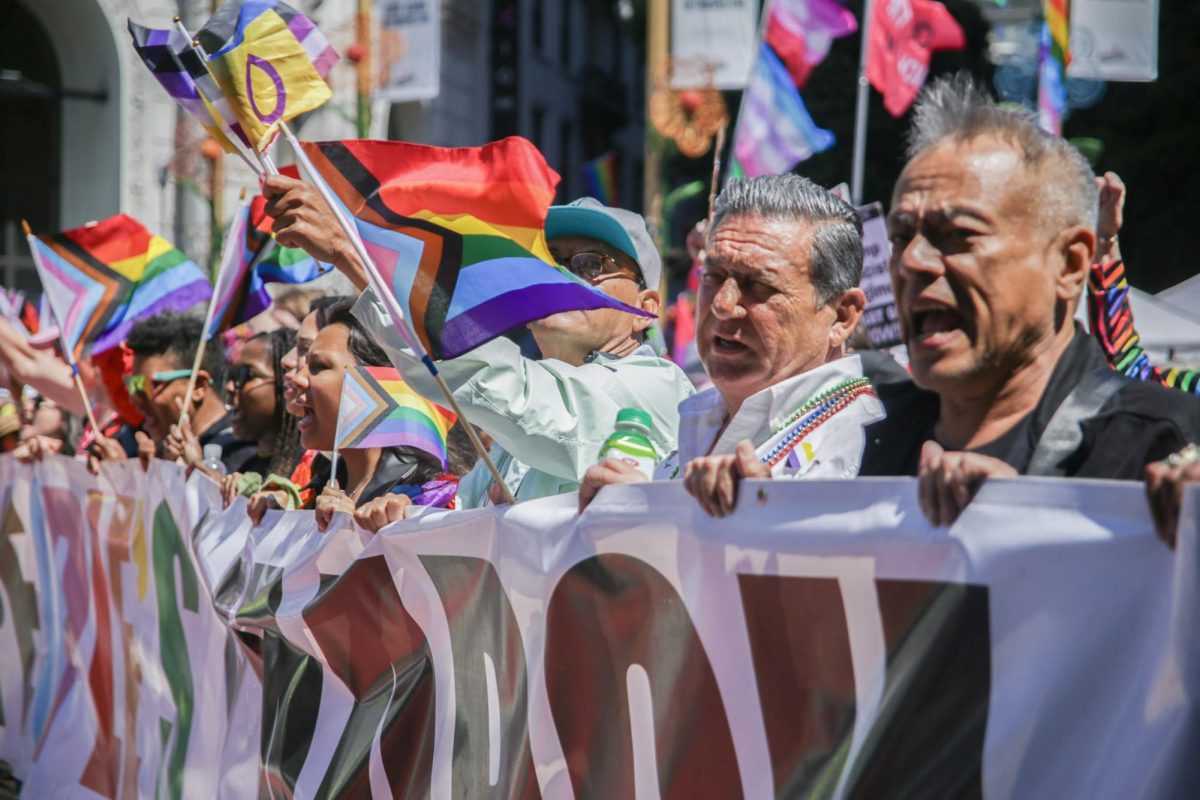
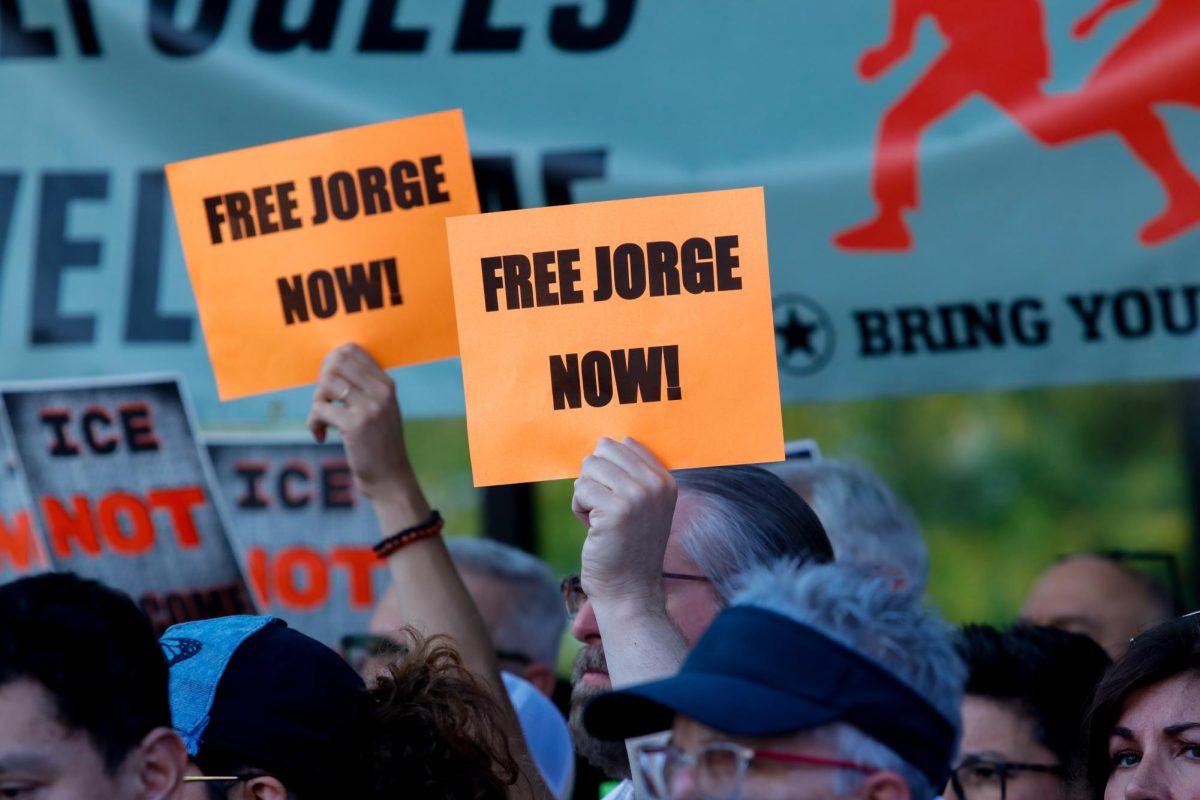

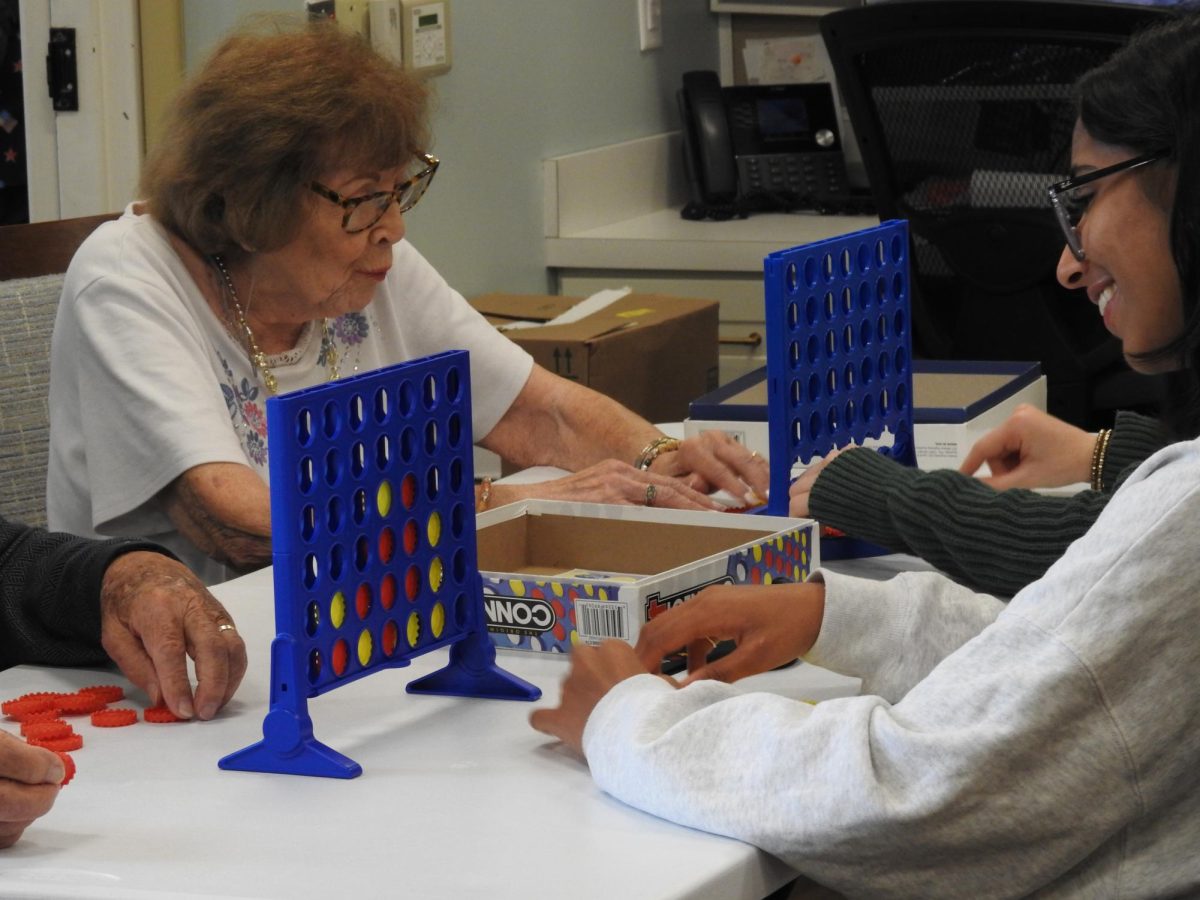
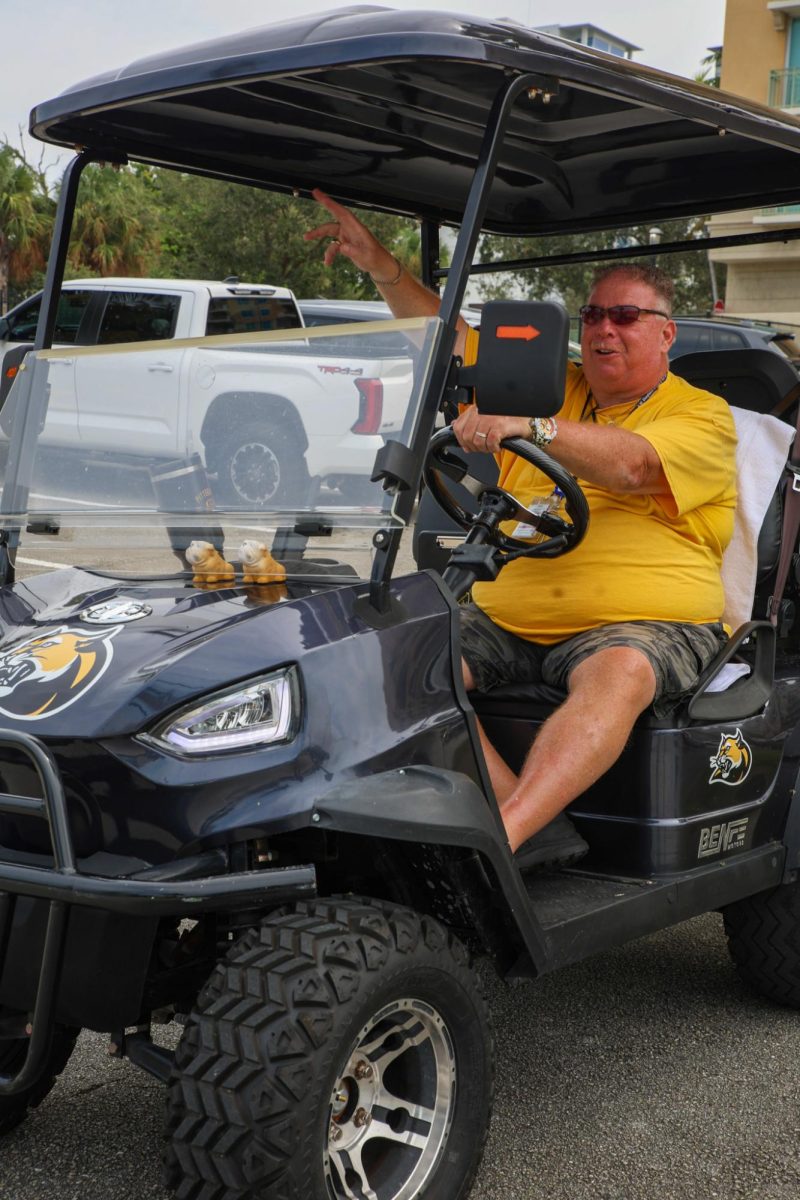


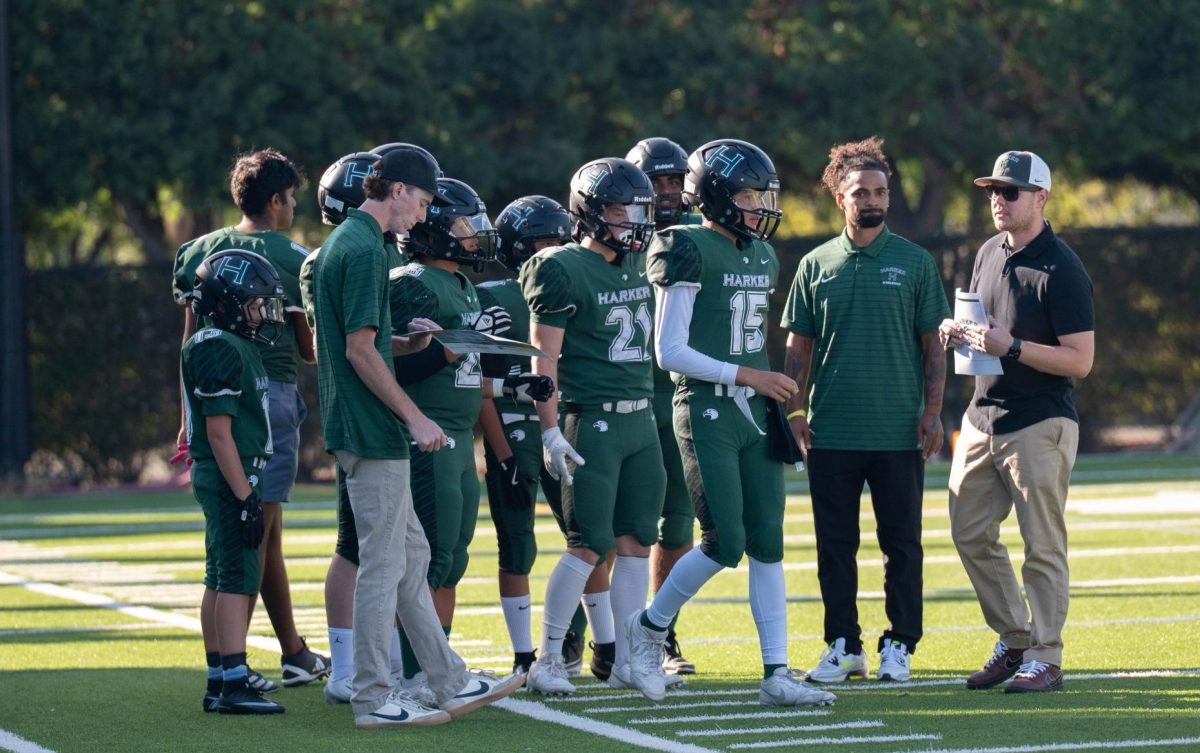
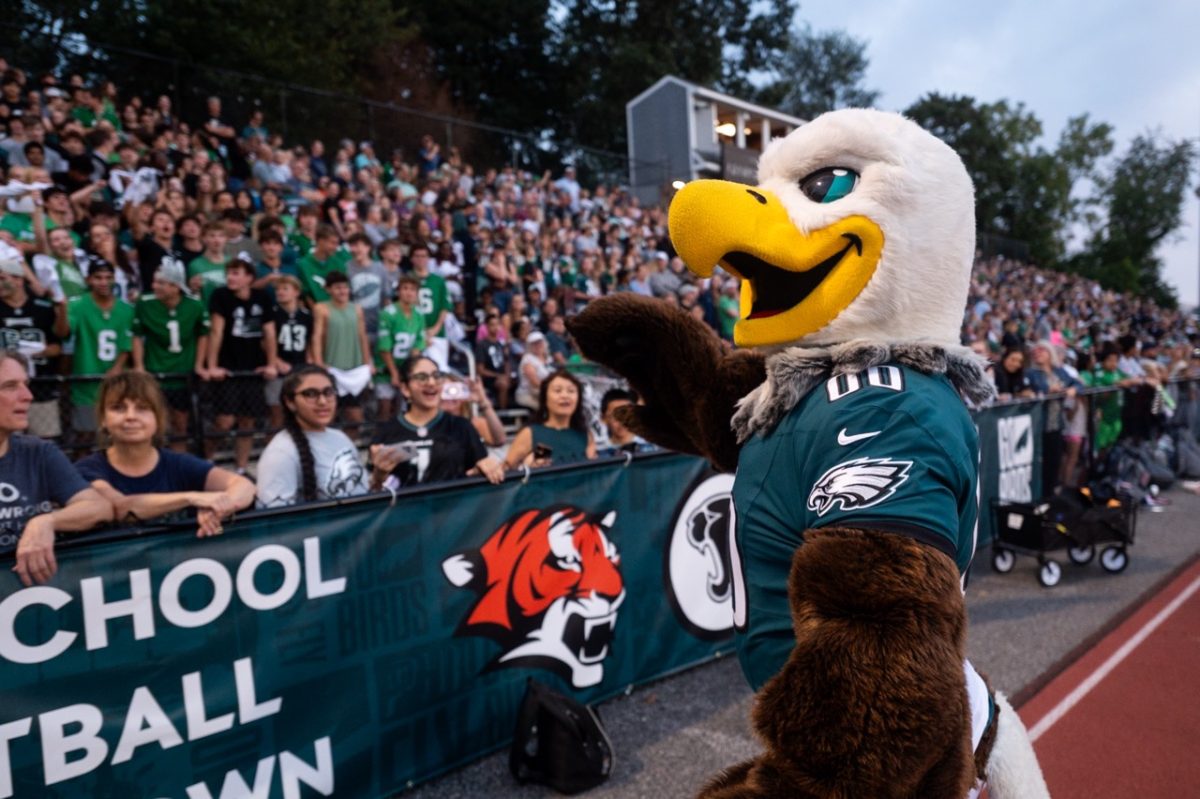

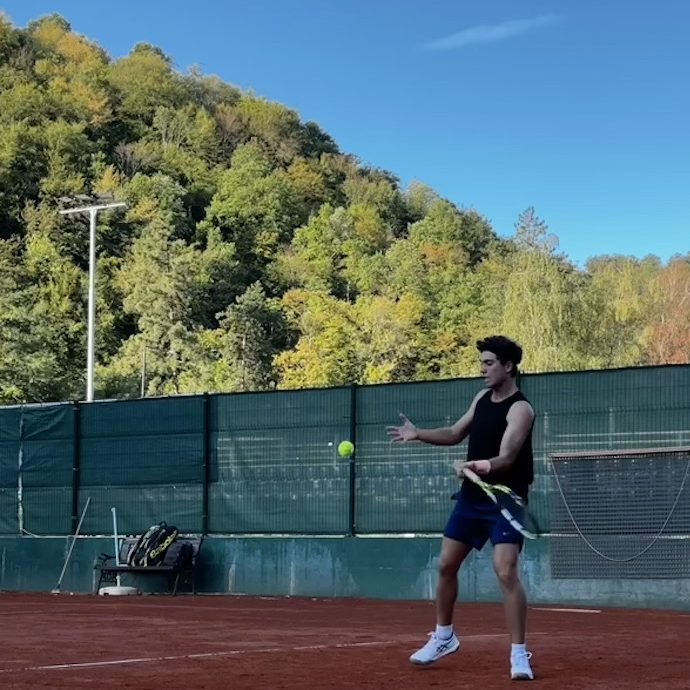
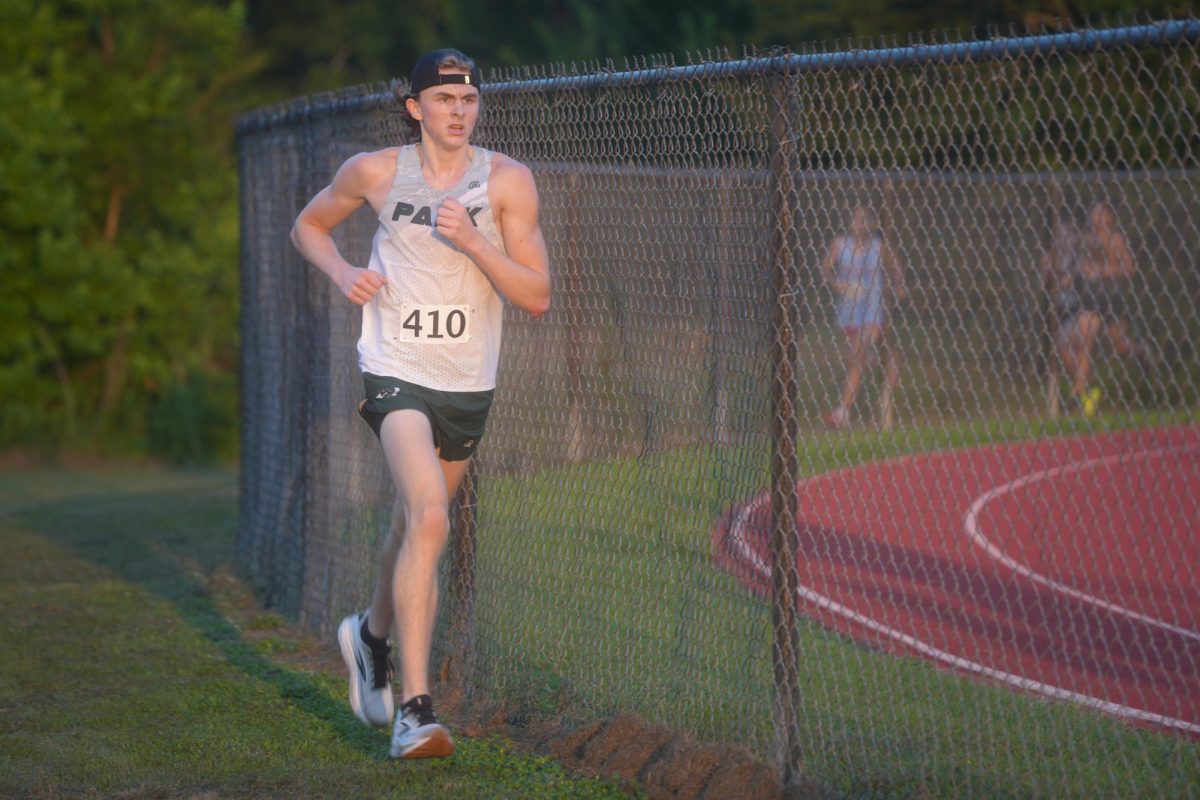
![Gazing across the stage, sophomore Alexis Monteleone performs in the school theater. The Monteleone family’s band “Monte and the Machine” has been releasing music since 2012, but Alexis started her own solo career in 2024 with the release of her first single, Crying Skies. “My whole family is very musical, [and I especially] love writing [songs with them],” Monteleone said.](https://bestofsno.com/wp-content/uploads/2025/10/DSC7463-1200x798.jpg)
